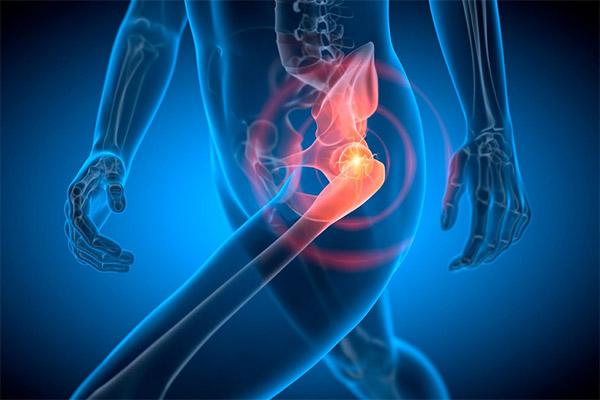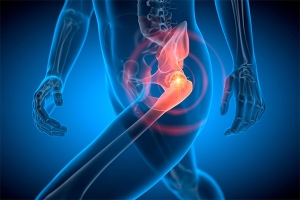
When it comes to hip replacement, patients today tend to do more research on their diagnosis to understand the best treatment options available. Choosing the right surgical approach for hip replacement surgery can help achieve great outcomes, and a successful recovery. Many patients ask, “What surgical approach for hip replacement surgery is best for me?”
Understanding the differences between the direct anterior and posterior approaches can help you make an informed decision that aligns with your individual needs and preferences.
Understanding the Direct Anterior and the Posterior Approach Hip Replacement
The direct anterior approach involves accessing the hip joint from the front of the hip, between muscles, without detaching any tendons or muscles. This minimally invasive technique allows for less disruption of surrounding tissues, potentially leading to faster recovery times, reduced postoperative pain, and a lower risk of hip dislocation.
In contrast, the posterior approach involves accessing the hip joint through an incision on the side or back of the hip. While this approach provides excellent visibility for the surgeon, it may involve a longer recovery period and a higher risk of muscle damage and dislocation during the healing process.
Comparing Recovery Times and Outcomes
Studies suggest that patients undergoing the direct anterior approach may experience quicker recovery and improved early functional outcomes compared to those undergoing the posterior approach. However, individual factors such as age, anatomy, and surgeon expertise play significant roles in determining the most suitable approach for each patient.
Determining Factors:
Individuals with Good Bone Quality and Hip Anatomy
Patients with average or slightly above average body habitus and favorable hip anatomy are often excellent candidates for the direct anterior approach. This approach allows for precise implant positioning and alignment, which can contribute to long-term success and durability of the hip replacement.
Patients Requiring Extensive Access to the Hip Joint
The posterior approach provides excellent visibility and direct access to the hip joint through an incision on the side or back of the hip. This allows surgeons ample space to perform precise bone preparation and implant placement, making it suitable for patients with complex hip conditions or deformities.
Pre-existing Hip Conditions or Previous Surgeries
Patients with pre-existing hip conditions such as severe osteoarthritis, avascular necrosis, or hip deformities are often good candidates for anterior approach. It allows for less tissue damage and correction of joint abnormalities, potentially improving hip function, alleviating pain and minimizing risk of dislocation.
The Best Approach for Your Hips
Consultation is essential to determine which surgical approach best suits your specific hip condition, lifestyle, and recovery goals. Dr. Boe specializes in the direct anterior approach for total hip replacement, and also is experienced in the posterior approach for certain indications. Using personalized care and guidance throughout your joint replacement journey, Dr. Boe will ensure the best possible outcomes. Together, Dr. Boe will develop a personalized treatment plan with each patient, tailored to optimize hip function and quality of life.
AUTHOR: Richard Boe, MD is a board-certified fellowship-trained orthopedic surgeon specializing in minimally invasive direct anterior hip replacement and robotic assisted knee replacement surgery at Resurgens Orthopaedics serving the greater Atlanta area. Dr. Boe is an active member of the American Association of Hip and Knee Surgeons, the American Association of Orthopaedic Surgeons, and the Georgia Orthopaedic Society.


